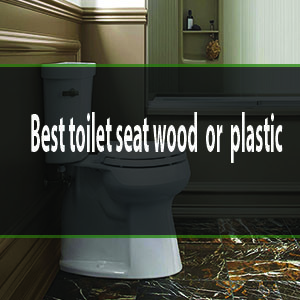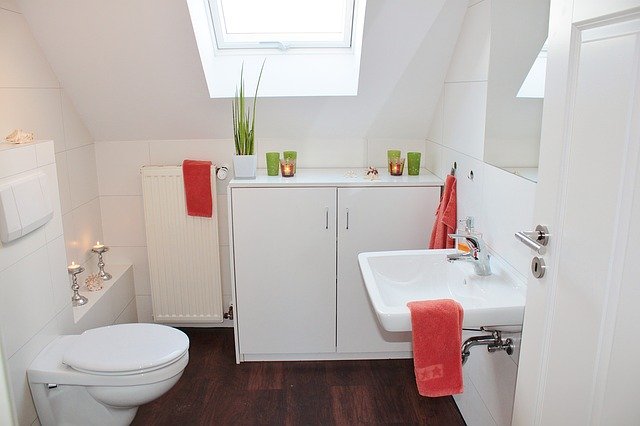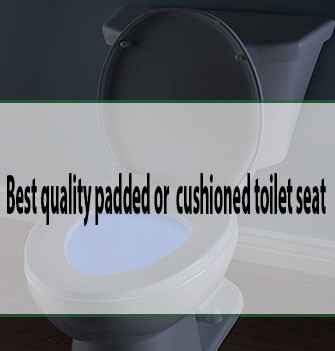Have you ever paused to think about the humble toilet and its role in your daily life? It’s one of those things you might take for granted, yet it plays a crucial role in modern comfort and hygiene.
But have you ever wondered when this essential piece of your household was first invented? Uncovering the history of the toilet is not just a trip down a pipe of curiosity; it’s a fascinating glimpse into human innovation and the quest for better living standards.
By the end of this read, you’ll gain a newfound appreciation for something so commonplace yet so revolutionary. So, flush away any distractions and dive into this intriguing timeline with us to discover when the toilet was truly invented.

Credit: www.historyextra.com
Table of Contents
Ancient Sanitation Innovations
Ancient people had clever ways to stay clean. The Indus Valley had brick toilets. These were connected to drains. They used water to flush waste away. In Egypt, limestone seats were common. Waste dropped into a pit below. This kept homes cleaner. The Mesopotamians used clay pipes. These pipes carried waste away from homes. Cleanliness was important even back then. These early methods were simple. But they worked well for their time.
Romans built large public bathrooms. They called them latrines. These were found in busy places. People sat side by side on stone seats. Water flowed beneath the seats. This took waste away. Sponge sticks were used for cleaning. Everyone shared these. Romans also had public baths. These were for washing and relaxing. Clean water flowed from aqueducts. Romans valued hygiene a lot. Their innovations inspired future generations.
Medieval Toileting Practices
Castles had special rooms called garderobes. These were early bathrooms. A hole led waste outside. This hole dropped into a moat or pit. Clothes were stored here too. People thought the smell kept bugs away. Garderobes were sometimes high up. This stopped bad smells from coming inside.
People used chamber pots at night. These were simple bowls. They kept them under the bed. In the morning, they emptied them. Some threw the waste out of windows. Streets got very messy. Chamber pots were easy to use. They were used for many years.
The Renaissance Era Advancements
Sir John Harrington invented a new kind of toilet. It was called the flush toilet. This was a big step in bathroom design. The toilet used water to clean the bowl. This idea was new and exciting. But, it was not widely used at first. People didn’t know about it much. Only a few rich people had it. Sir John Harrington made history with his invention.
Early toilets had many problems. They often leaked or broke. Materials used were not strong. The design was not perfect. Smells were common because of poor seals. It was hard to make them work well. Fixing these toilets was not easy. People were still learning how to make them better. Over time, designs improved with better ideas.
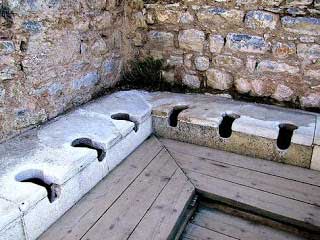
Credit: www.baus.org.uk
Industrial Revolution Impact
Thomas Crapper was a plumber in the 1800s. He is famous for his work on toilets. Many think he invented them. He didn’t, but he improved them. He made toilets better and easier to use.
Crapper’s ideas helped toilets become common. He made flushing toilets popular. Before him, people used chamber pots. Toilets were rare and expensive. Crapper’s work made them affordable.
During the Industrial Revolution, toilets changed. Factories made them faster. This allowed more people to buy them. Toilets became part of every home.
Standardization helped a lot. It means making things the same. Parts fit together easily. Mass production made toilets cheaper. Many families could have one. It was a big change for homes.
20th Century Innovations
The 20th century saw big changes in homes. Indoor plumbing became common. People could use toilets inside. It was more clean and easy. Before this, people had to use outhouses. Water pipes were put in homes. This made it easy to get water. Bathrooms became normal in houses. Health improved as toilets were used more. People stayed cleaner.
Today, toilets use advanced technology. Some toilets can flush by themselves. Others have heated seats. This keeps people warm in winter. Water-saving toilets help save resources. They use less water for each flush. This helps the planet. Some toilets even clean themselves. No need for scrubbing. New designs make toilets look nice. They fit well in modern homes.
Cultural Perspectives On Toilets
Western people often use sitting toilets. These toilets look like a chair. They are comfortable for many. People sit on them while using. This type of toilet needs water to flush. Some have fancy features. Like heated seats or music. Many public places in the West have these. You can find them in homes too. They are common in countries like the USA and UK.
In the East, squat toilets are common. People squat over them. They are different from sitting toilets. Many say they are more hygienic. Less skin contact with surfaces. Squat toilets are often found in countries like India and China. Some places have both types. People can choose what they like. Eastern toilets often need less water. They are simple and effective.
Environmental Considerations
Water conservation is important in modern toilets. Many people use dual-flush systems. These toilets save water. One button uses less water for liquids. Another button uses more for solids. This simple system helps save a lot of water each year.
Some toilets use recycled water. This water is not for drinking. It comes from rain or other sources. Using this water helps keep our planet healthy. It is a smart way to use resources wisely.
Eco-friendly Designs
Many toilets today have eco-friendly designs. These designs use less plastic. They also use materials that last longer. This reduces waste. Some are even made from recycled items. Such designs are good for our Earth.
Composting toilets are another green option. They do not use water. They turn waste into compost. This compost can help plants grow. It is a natural and clean way to manage waste.
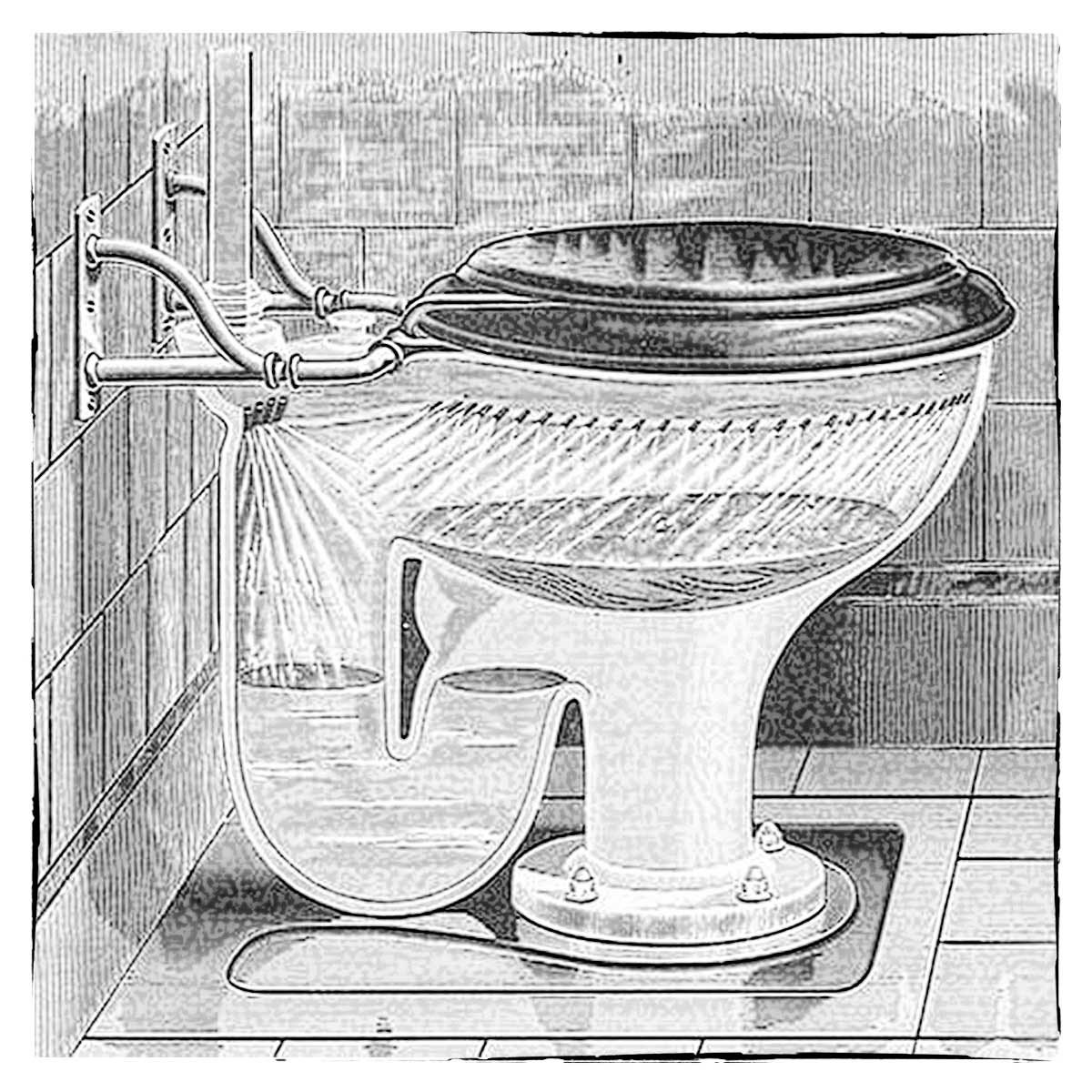
Credit: www.kevinszabojrplumbing.net
The Future Of Toilets
Toilets have evolved greatly since their invention in 1596. The future promises even smarter designs. Imagine toilets with health-monitoring features and water-saving technology, transforming hygiene and convenience.
Smart Toilets
Smart toilets are changing how we think about sanitation. They can check our health and save water. These toilets use sensors to give us information. For example, they can check urine for signs of illness. Smart toilets also help save water by using less for each flush. They can even clean themselves after use. Some smart toilets have heated seats for comfort. Others play music to help us relax. They can be controlled with a remote or phone app. These features make life easier and healthier.
Global Sanitation Initiatives
Many places work hard to improve sanitation. They use new ideas to make toilets better. Clean toilets are very important for health. Some countries build public toilets to help everyone. They teach people how to stay clean and healthy. Global programs give money to build toilets in poor areas. They help communities with tools and training. Clean water and toilets prevent disease. These efforts improve lives around the world. Everyone deserves a clean and safe toilet.
Frequently Asked Questions
Who Invented The Modern Toilet?
The modern flush toilet was invented by Sir John Harington in 1596. He was an English courtier and godson to Queen Elizabeth I. His design was not widely adopted until later improvements made by Thomas Crapper in the 19th century, which popularized and refined the toilet’s mechanism.
When Did Toilets Become Common In Homes?
Toilets became common in homes during the late 19th century. As urbanization increased, indoor plumbing systems improved significantly. By the early 20th century, flush toilets were standard in many homes in developed countries, enhancing hygiene and convenience for everyday living.
What Were Ancient Toilets Like?
Ancient toilets varied, often simple pits or communal latrines. In Ancient Rome, public latrines were sophisticated, featuring running water for waste disposal. These early systems laid the groundwork for modern sanitation practices, emphasizing communal hygiene and waste management techniques long before the flush toilet was invented.
How Did Toilets Evolve Over Time?
Toilets evolved from basic pits to sophisticated flushing systems. Innovations in plumbing and sanitation advanced their design. The introduction of the S-trap by Alexander Cumming in 1775 helped prevent sewer gases from entering homes, marking a significant milestone in toilet technology.
Conclusion
The toilet’s history tells a story of human innovation. From ancient times to modern plumbing, it evolved significantly. Each step improved sanitation and comfort. Society advanced as hygiene improved. Today, toilets are essential in daily life. They reflect cultural and technological progress.
Understanding their history helps appreciate this common yet vital fixture. Toilets transformed public health and daily routines. They highlight human adaptability and problem-solving. This journey from simple designs to today’s toilets shows creativity at work. Remember, every flush is a nod to centuries of progress.


